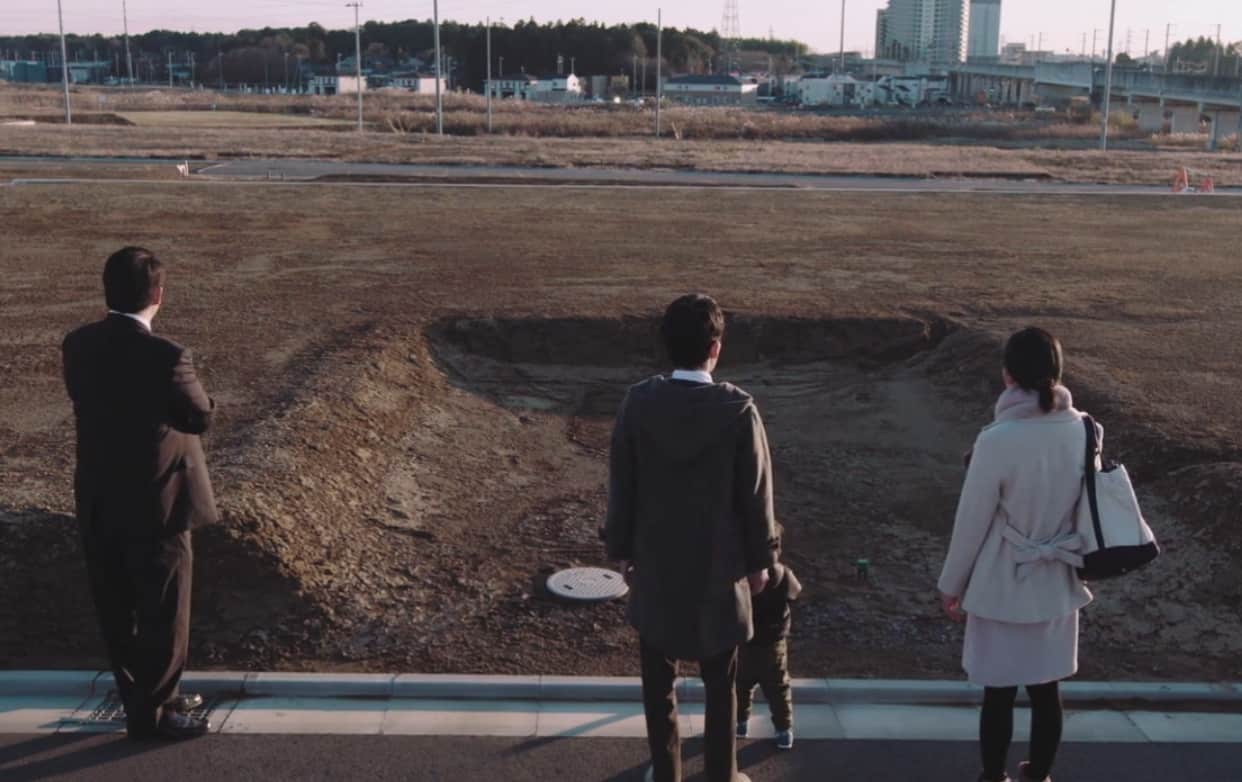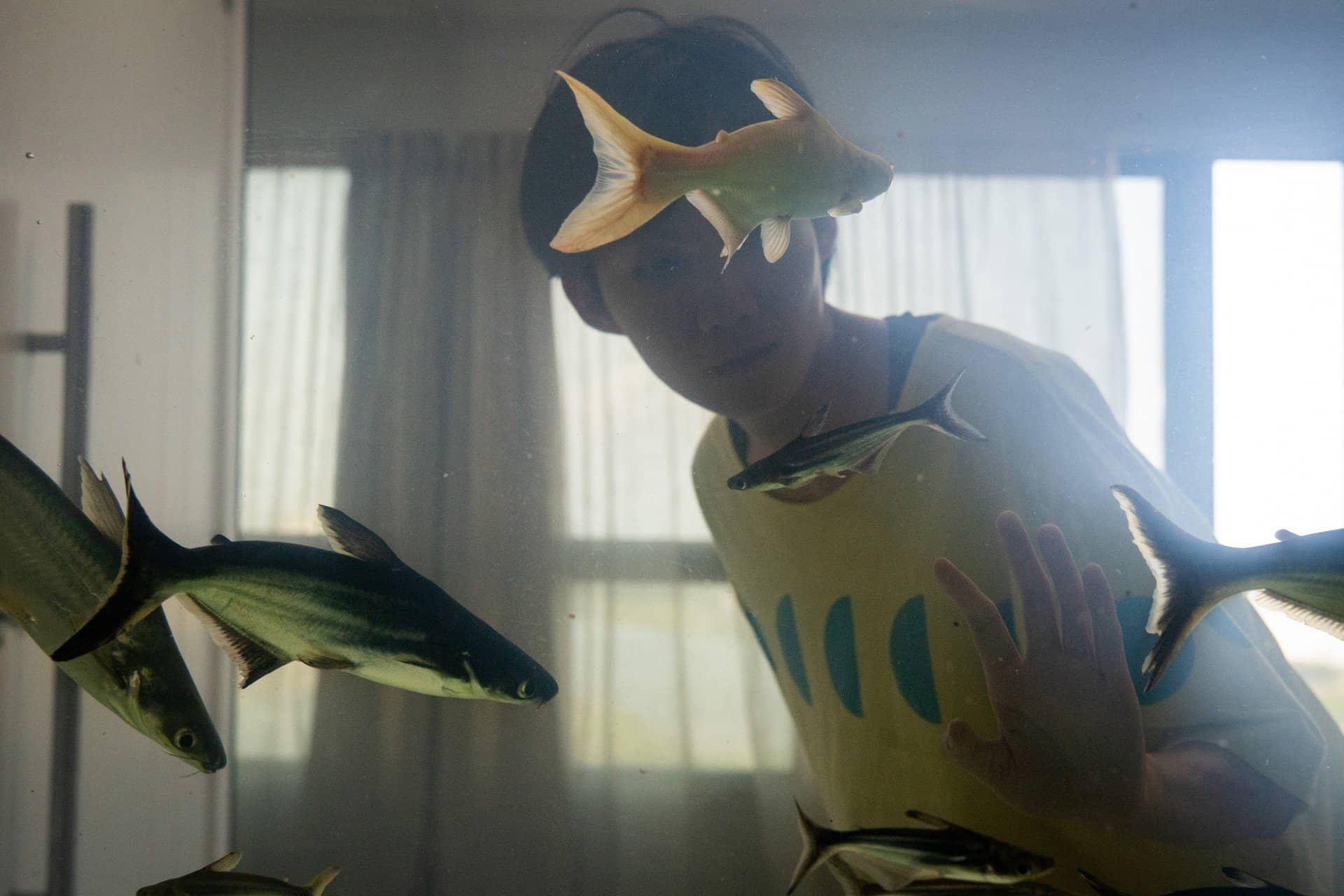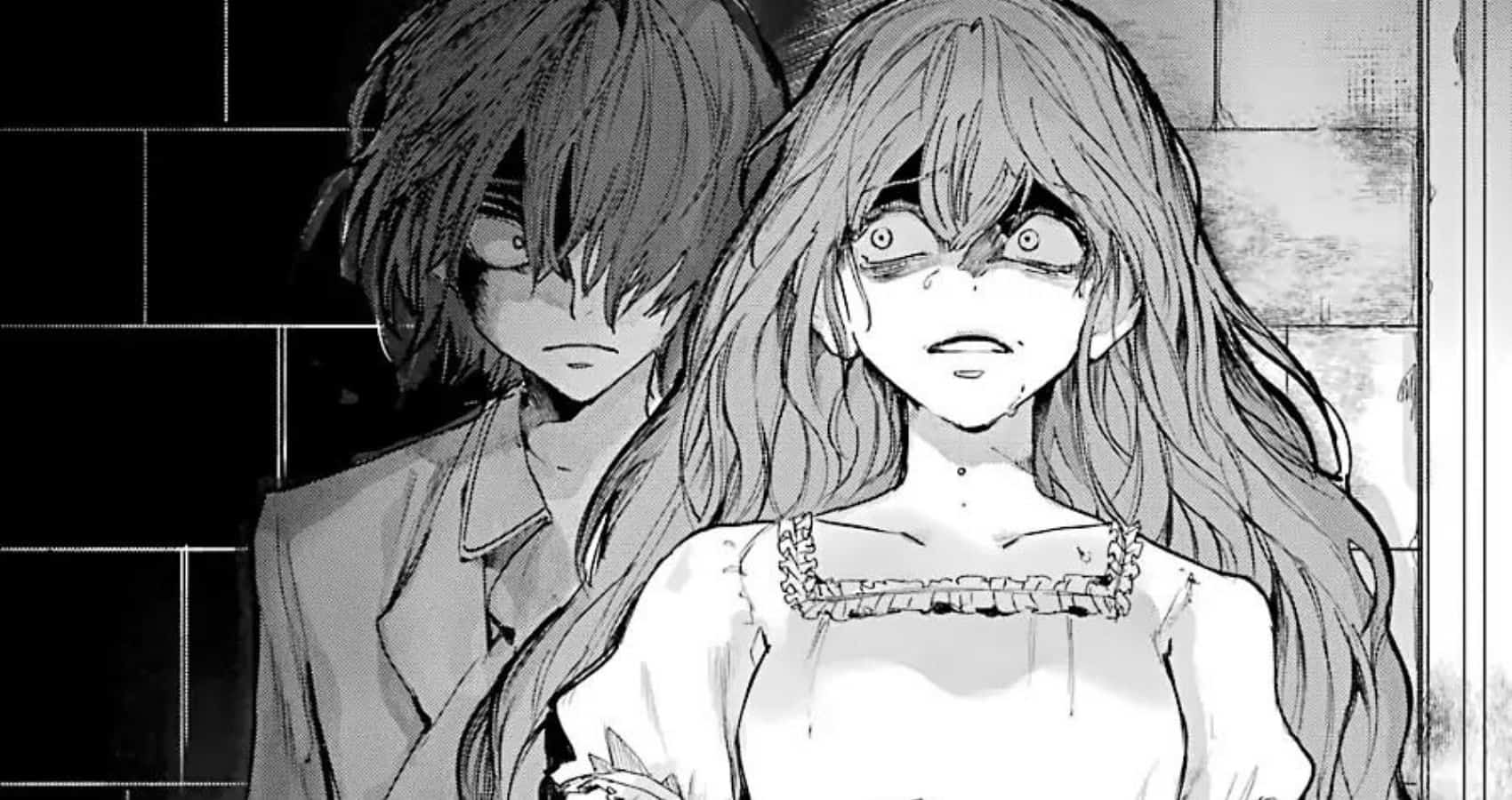Nainsukh of Guler is now considered one of the most important miniature painters of 18th century India working in the Pahari school of painting. Born to a painter father and younger sibling to a painter brother, Nainsukh would leave his family workshop to go work at the court of Raja Balwant Singh of Jasrota, where he would make some of his best and most well-known works for his royal patron. Most of his surviving works are from his time at Jasrota and more often than not, feature Balwant Singh himself. It is therefore no wonder than Amit Dutta's experimental biographical film, produced by German art historian Eberhard Fischer and the Museum Rietberg Zurich, where a number of Nainsukh paintings are housed, focuses on those years of Nainsukh's life that he spent at Jasrota under the tutelage of its ruler.
A biography, by its very nature, reenacts scenes from its subject's life to tell us their story. In that sense, “Nainsukh” is more a biography of the painter's works than it is about his life or that of Balwant Singh's, with Dutta telling their tales by recreating a number of the artist's most famous paintings with as much meticulous detail as Nainsukh's brush used in recreating the artist's vision on paper. Shot amongst the ruins of the actual Jasrota fort, “Nainsukh” is like a step back into time to when the splendour of the fort and its inhabitants was at its peak, bringing to life not just the paintings but also the decrepit fort. Though dialogue-free for the most part, the film incorporates the use of the Pahari dialect, mostly to read out inscriptions on the real paintings, which adds to its time capsule-like quality.
While Dutta's actors, Manish Soni as the titular painter and Nitin Goel as Balwant Singh, are but mere props for the most part, the real star here is the cinematography by Mrinal Desai, which uses the actors to set up the key scenes depicted in the original paintings with much precision. Nainsukh's work, like a lot of Indian miniature work, lacked depth-of-field and the architecture was often linear and distorted because of it. Mrinal Desai's camerawork successfully gives depth to the paintings without losing any of their two-dimensional beauty and yet uses distinctive lines to separate its subjects, just like the source artworks. A single miniature painting often has several storytelling elements within itself that take multiple viewings to fully comprehend. Dutta and Desai sometimes interestingly also deconstruct these scenes into individual pieces to give a complete picture, as most noticeable in the hunting scene and the musical performance scene at court. Where a painting is completely devoid of lighting, it interestingly plays a key part of the visual narrative of this project.
Equally important is the sound design to the overall appeal of the feature. The bubbling of the water inside the hookah-base as the pipe is pulled on, the sounds of the music and the audience appreciation in the dance performance sequence, the confused cacophony of overlapping sounds in the hunting scene, the jingling of money bags mixed with the exasperated voices of the aggrieved merchants in another scenario or even the quiet stillness of the moment when Balwant Singh sits in a tent writing on a parchment, all have this unique ability to transport the audience and make them one with the painting itself. The use of a classical music score also evokes the feeling of walking in an art gallery, gazing upon the pieces of art as they unfold in front of your eyes.
The name “Nainsukh” literally translates as “Pleasure of eyes” which is exactly what Amit Dutta's exquisite experimental film ultimately ends up being. Like a calm, pleasant walk through a series of paintings come to life, this is akin to performance art of the highest order. Working like a scholarly essay or a fascinating art lecture, watching this will no doubt garner a keen interest to delve deeper into the beautiful world of Indian miniature paintings.















